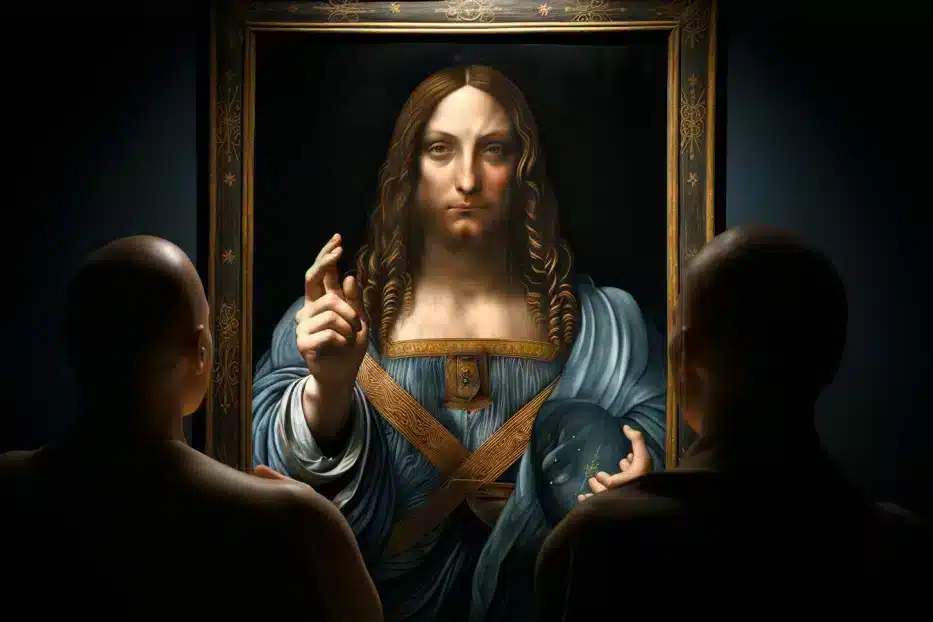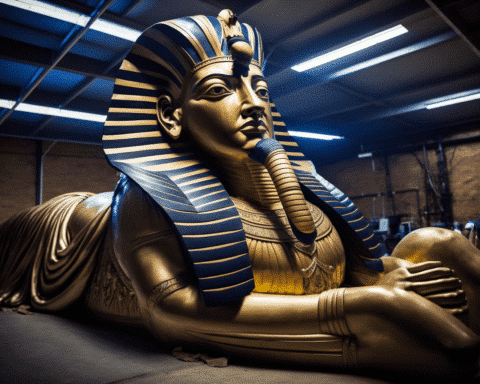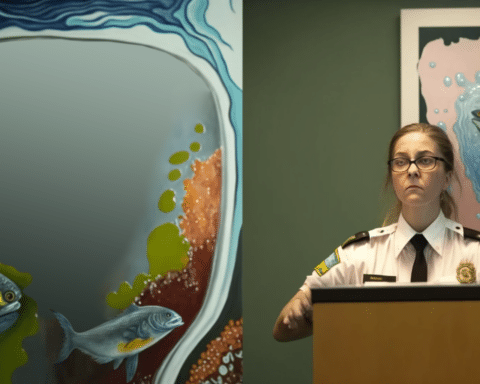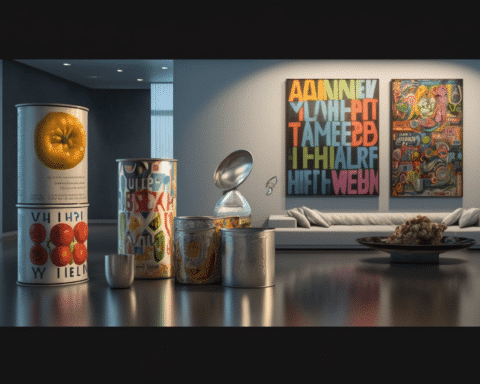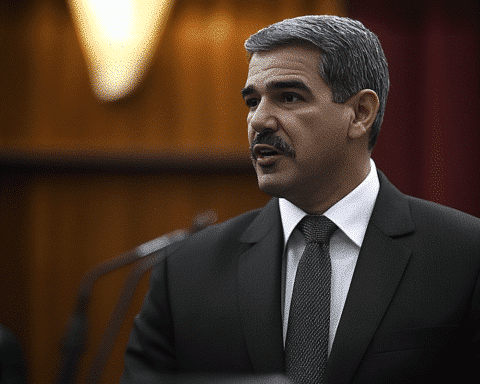In a landmark decision, a federal jury in Manhattan sided with Sotheby’s in a contentious legal battle against Russian billionaire Dmitry Rybolovlev, who accused the prestigious auction house of defrauding him in art sales amounting to tens of millions of dollars. The verdict, delivered on Tuesday, concluded a trial that spotlighted the opaque dealings within the high-stakes art world, particularly involving the sale of the “Salvator Mundi,” a painting attributed to Leonardo da Vinci.
Rybolovlev, with a net worth of $6.4 billion and known for his majority ownership of the AS Monaco soccer team, alleged that Sotheby’s colluded with Swiss art dealer Yves Bouvier to inflate the prices of four notable artworks, including the “Salvator Mundi.” This painting, which later set a record at auction selling for $450.3 million, was at the center of Rybolovlev’s accusations. He claimed that Bouvier purchased the artwork for $80 million only to sell it to him for $127.5 million, a markup Rybolovlev considered fraudulent. Despite Sotheby’s insistence on its innocence, stating it had no knowledge of Bouvier’s intentions and was not liable for his transactions, Rybolovlev pursued the case vigorously.
The legal tussle between Rybolovlev and Bouvier has spanned multiple jurisdictions, with the oligarch accusing the dealer of swindling him out of $1 billion over 38 artworks. However, most of these cases were dismissed or discontinued, leading to an out-of-court settlement between the parties. Nevertheless, Rybolovlev persisted in his legal challenge against Sotheby’s, aiming to expose what he perceived as endemic secrecy within the art market.
Daniel Kornstein, Rybolovlev’s lawyer, remarked that the lawsuit against Sotheby’s, despite its outcome, succeeded in highlighting the art market’s opaque nature, making it challenging to prove allegations of aiding and abetting fraud. On the other hand, Sotheby’s welcomed the jury’s decision as a validation of its ethical standards and professionalism, emphasizing the absence of substantial evidence against the auction house.
The swift jury decision, reached in less than a day after a three-week trial, underscores the complexities of proving fraud in art, where transactions are often shrouded in secrecy. This case, involving high-profile figures, masterpieces by renowned artists like Gustav Klimt, Rene Magritte, and Amedeo Modigliani, and staggering sums of money, provides a rare glimpse into the art market’s intricate and often secretive dynamics.
The verdict not only absolves Sotheby’s of the fraud accusations but also prompts a broader discussion on transparency and ethics in the art industry. As the dust settles on this high-profile case, the art world is left to reflect on its practices and the need for greater clarity in transactions involving priceless works of art.
